The shape of things to come
Due to their proximity to patients and data, medical devices are in a unique position to benefit from artificial intelligence. But they come with their own challenges. We spoke with John Tremblay, a serial entrepreneur, digital health consultant and experienced leader in large medtech companies, about what it takes to make AI innovation in healthcare successful – and the importance of the Innovation Architect role.
While etiology and pathophysiology of most diseases are still poorly understood, there has never been a better time to fix this: Thore Bürgel (Pheiron) explains how they combine human genetics with multi-modal AI to resolve disease pathology, identify targets, and de-risk translation.
Was this year’s EPA the last of the pre-AI era? Judging by the number of newly AI-enabled service providers at EPA 2025, a tectonic shift is under way in the industry. This shift was reflected in two (out of four!) keynotes on AI, and a highly popular track on digital transformation. Why is that and what lies ahead?
The biotech industry has been quick to explore the potential of Large Language Models, yet practical insights remain scarce. In a field that is both art and science, experience is key. Here we share our lessons learned from building LLM applications in drug discovery.
In drug discovery, excavating the right information about potential drug targets and molecules from the depths of the scientific literature is key to success in biotech. Large Language Models will change the nature of this game. Here is how, in three concrete examples.
Large Language Models are poised to become an indispensable tool for biotechs looking to find their ideal drug targets. Evidence-grounded LLMs can sift through millions of publications, finding highly specific pieces of evidence in seconds, unlocking overlooked drug target opportunities.
Data management at a biotech needs to work for everyone – from CEO’s courting investors to lab scientists designing the next experiment. Get it wrong and you’ll either need to put up with your system’s foibles or go through a painful migration to a new system.
For biotechs, cloud computing is a crucial ingredient to accelerate R&D through shorter cycle times, better collaboration and less distraction from what matters: the science.
DeepMind's release of AlphaFold2 created a lot of excitement, almost on par with the Human Genome Project. But what exactly are AlphaFold's groundbreaking applications in drug discovery?
With climate change and a growing world population, the agricultural industry needs to find greener solutions. Artificial intelligence and machine learning will be crucial, says Robert Berendes of Flagship Pioneering.
Good metaphors facilitate sure-footed decisions, ill-fitting metaphors can lead us astray. Where common metaphors around artificial intelligence stand on a scale from dangerously deceitful to essentially accurate? And what ‘artificial intelligence’ itself?
How could we use artificial intelligence technology? Kick off a brainstorming session like this and you will end up with a lot of post its, but few, if any, realistic opportunities. Here is how to do it better.
Novel therapeutic modalities, such as PROTACs, allow access to formerly undruggable parts of the proteome, shifting the frontiers of drug discovery. Artificial intelligence-based target scoring algorithms can help biotechs prioritize disease-relevant proteins as modality tailored drug targets.
All too often in artificial intelligence, the rush to implement overtakes a full appreciation of the job to be done, leading to underwhelming solutions. In a short case study, we show how to think like a designer first.
AlphaFold has been called a revolution for drug discovery. Here we discuss potential use cases of AlphaFold, from fostering disease understanding, to aiding structural drug discovery.
Failing fast is not a goal in itself, as budgets and enthusiasm are limited. Before going into proof-of-concept with an exciting AI/ML use case, a rigorous pre-screening is essential to focus precious resources on the right opportunities.
















